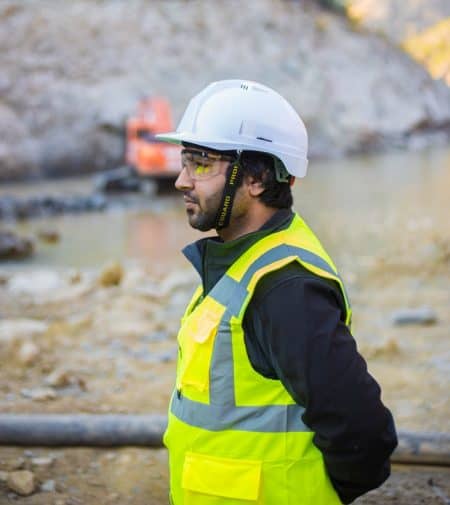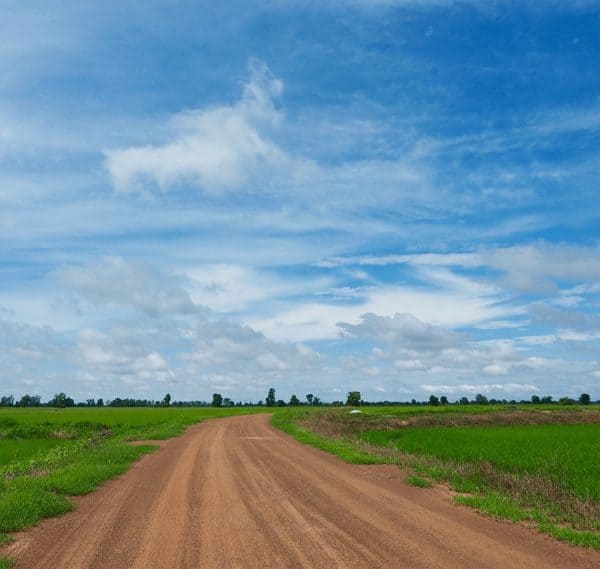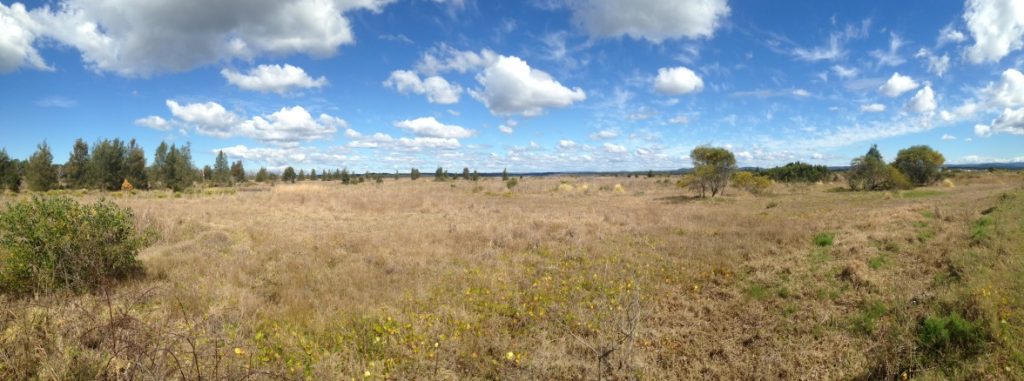Australian entrepreneur David Griffin of Sun Cable, who is a leader in the renewable energy industry, plans to use a solar farm located in the Northern Territory to power Singapore. His vision is still under development and once it is finished, will be the largest on a global level. Investors from all over the world are taking interest in this solar farm project.
Solar farm projects around Australia have been a huge success for the local communities. This project will be the first attempt to export renewable energy internationally. Mr. Griffin, who was General Manager at Infigen Energy, has been working on the development of wind and solar farms in South Africa and Australia for almost two decades.
The plan is for this solar farm to send electrical power to Darwin, and then under the sea through a cable to Singapore. He admits that the whole endeavour is quite complex and full of risks and for that reason, the design process will be expansive.
The Sun Cable farm will spread across 15k hectares and will be supported by a 10-GW power plant.The Government of the Northern Territory named it a ‘major project’ and construction is predicted to begin in 2023, after all environmental permissions and approvals are obtained.
Mr. Griffin’s goal is to provide electrification without harming the environment. Instead of clearing the Asian forests and causing climate catastrophe, he wants to produce large amounts of renewable energy using the abundance of space available in Australia. With its abundant sunshine, the Northern Territory strives to become the center of renewable energy.
Wealth for the Future
The Executive Manager of Innovation at the Commonwealth Scientific and Industrial Research Organisation, David Burt, considers Sun Cable one of the most important renewable energy projects, which will bring wealth for the country in the future.
Australia has a large mass of land, which means it has potential to produce wind or solar energy for export purposes. And considering the fact that the Asia Pacific countries are growing rapidly, Australia’s location is ideal for sending renewable power offshore. Sun Cable’s goal is to supply about 20% of the energy in Singapore, which represents an opportunity for the country to earn millions of dollars.
Australia already has huge optical-fibre cables undersea for the Internet. There is a risk, however, that these cables might get damaged which could disrupt the country’s ability to send energy.
Sun Cable Risk Assessment
Australia’s undersea cable is located in the Bass Strait connecting the Victorian and Tasmanian electricity grids. It feeds energy both ways, which allows the states to unload surplus electricity.
However, in South Australia, wind operators faced a serious problem when storms caused massive blackouts, upon which about 850k consumers were left without power back in 2016.
5B, a solar technology startup, will be supplying the solar panels pre-assembled in China for the Sun Cable project. 5B was founded six years ago by Eden Tehan and Chris McGrath and today it provides solar panels for twenty plants across Australia.
Each of 5B’s pre-fabricated ‘Maverick’ solar blocks is comprised of 80-200 panels. For Sun Cable, they need 80k Maverick blocks, which shows how large the project is.
The project is expected to create about a thousand jobs in the construction sector and another 300 in the operational sector.
According to David Griffin, now is the perfect time to enter the energy market in the region. At the moment, Singapore is highly dependent on gas from Indonesia and Malaysia. In general, electricity is very expensive in Asia. Mr. Griffin considers Sun Cable to be the first of many projects that will focus on exploiting opportunities in Asia.





